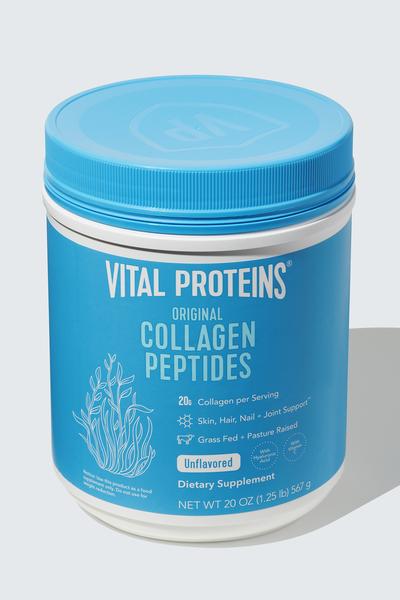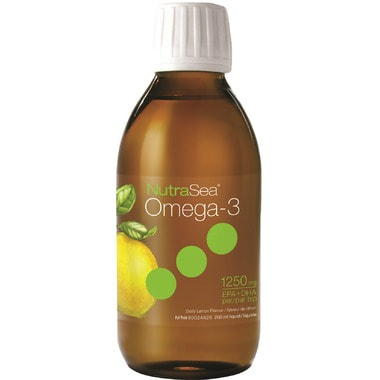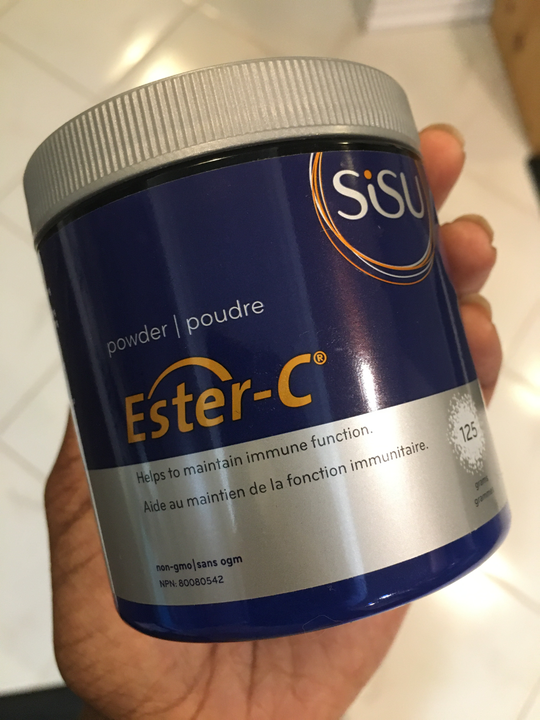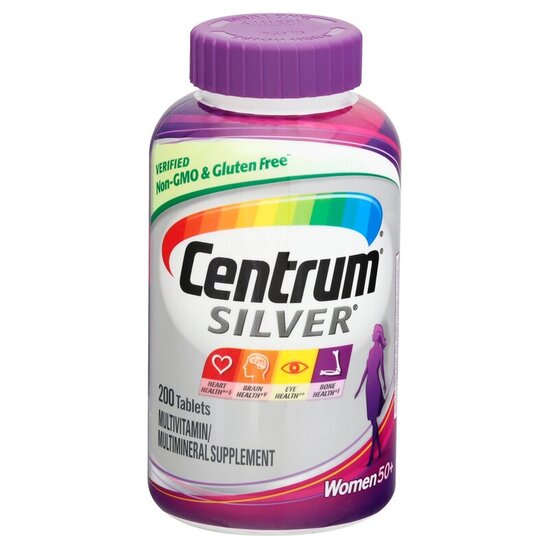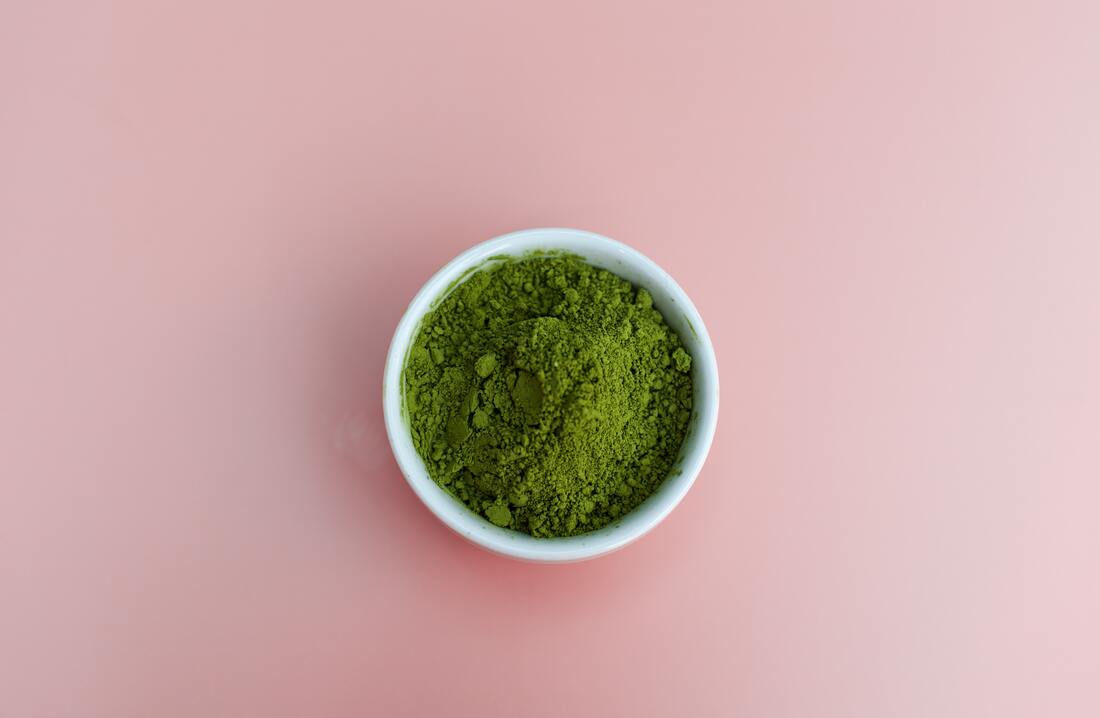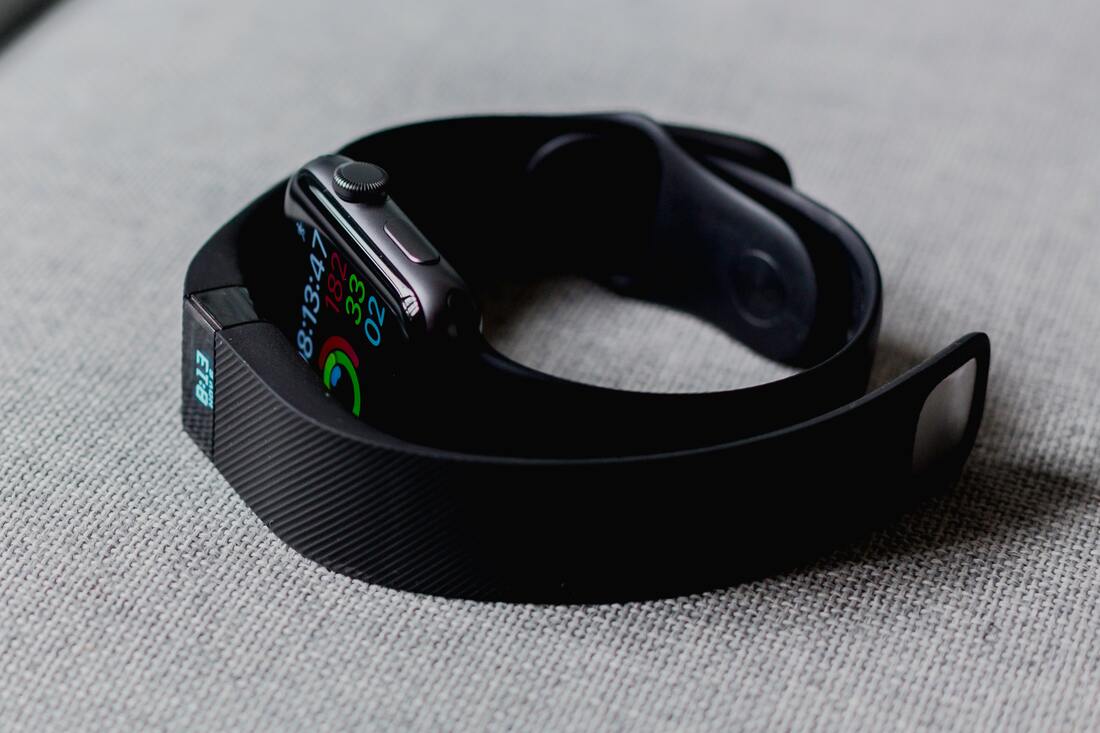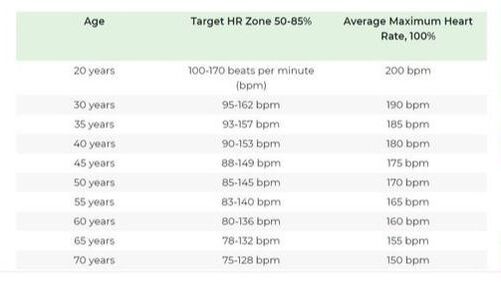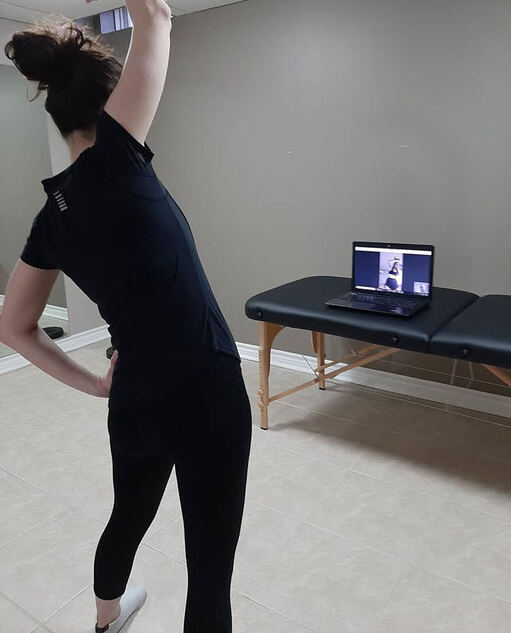|
Now is not the time to get sick. Taking vitamins while maintaining a healthy diet can help your body fight off illness and ailments. But do they really? And if so, which ones should you take? There are so many supplements that it can get confusing. Clients ask me all the time "Should I take this? Or this?" More supplements doesn't equal better. In fact, the more you take the more you're putting yourself at risk. We are meant to consume our nutrients in harmony. For instance, calcium and magnesium work really well together to help strengthen your bones and other bodily functions, but taking large doses together can reduce absorption and cause other problems. But of course you can consume seeds, cheese and yogurt (high in calcium) with pumpkin seeds (high in magnesium) because there are other nutrients involved. If you take out the whole food source and instead consume the vitamin or nutrient in its raw form, it could do your body more harm than good. Just because you take a supplement, it doesn't make you "healthier". Some supplements yield little to no results, while other supplements are still being studied with mixed thoughts depending on the individuals current health. The only supplements I ever recommend are those that have research to back up their claims. Ultimately, getting nutrients from your diet is the best thing to do to prevent an overconsumption of micronutrients. However, today's food doesn't have nearly as many nutrients as the food of the past which is why supplementing can be a great thing. Here's what I suggest for most clients:
This is not a complete list, there are many more (e.g calcium and magnesium) but we'll highlight these ones since they work quite well together if taken at the right dosage and based on individual needs. As always, speak to your doctor first and be aware of interactions with other medications. Collagen or MSMCollagen has been under the lime light in recent years and for good reason! It helps to reduce fine lines of aging, helps with the body aches and pains and is protein based, which is the building block of the body. But the biggest thing about collagen is that is has been proven to be an anti-skin-aging powerful ingredient by reducing fine lines and helping prevent the look of aging. This is because as you get older, you'll have less collagen and struggle to retain what we naturally have, which is why consuming it will have a much greater effect than applying it topically. MSM (Methylsulfonylmethane) is similar, although a lot less heard of. It helps with joints and additionally with hair growth. Instead of being protein based, it is sulfur based and it has been researched to help with osteoarthritis and a number of other ailments although more research is being conducted. Liquid Omega 3I recommend the brand above. Omega 3 (& 6) help with a number of things and can also be consumed through fish and nuts in your diet. Omega 3 & 6 help prevent cardiovascular disease, Alzheimer's and rheumatoid arthritis (RA) and more. "However, the cellular and physiological bases for these benefits remain unclear" (Larson MK, 2011). It is important to only take the recommended amount, as with all supplements, to prevent overconsumption and adverse effects on the body. Taking too much fish oil can lower your blood pressure, increase your blood sugar and even cause strokes, but more studies are needed. Liquid Vitamin D and/or Vitamin CBut you can get vitamin D from the sun! Actually, depending on where you live, you don't! Or at least not nearly as high a concentration as someone living in the Caribbean for instance. I recommend liquid vitamin D because it absorbs more readily and doesn't have fillers like those in pill forms. Vitamin D deficiency is quite common, especially for those living in Canada. Not getting enough leads to a host of problems stemming from not having the immune system function properly to having soft bones, osteoarthritis and more. Those who are at risk are: older adults, obese individuals, people with more melanin, and individuals who have kidney or liver disease. Vitamin C is also great for fighting off the common cold, although this varies on a case by case basis and helps reduce how long the cold may last. Those with kidney disease should not take vitamin C. This is the Vitamin C I use and recommend out of the many other good ones out there. Ultimately, "A balanced diet almost always provides the required vitamin and minerals for the day" (National Institute of Health, 2019). Though I disagree to some extent because the food we consume today are not as nutritious as they used to be. Protein PowderOne of the most well studied supplements and used heavily in the gym and fitness programs. I love protein powder! And I also don't care for it. Why? Because protein is the building block of the body, it helps keeps you satiated, which in turn helps with weight loss and muscle recovery. You don't have to have a protein powder to get you there. Look at it like this, you can take 1 scoop of protein powder with your choice of liquid or eat 2 thighs of chicken or 1 cup of beans. Protein powder is just damn convenient. Make sure to get it from a good source with safe ingredients and no added sugar. I recommend the brand below among the many great ones that are out there: MultivitaminThe verdict is still out on this one, especially considering there is no standard for what makes a multivitamin. However, they are generally considered beneficially if you're not getting all the nutrients from your diet. Greens PowderMost people don't consume enough vegetables. If you're not getting enough greens in your diet you can consider adding this to your smoothie or water. They are chalk full of antioxidants, vitamins and minerals and can help boost your immunity and reduce chronic disease. However, not all are created equal and many can be misleading. This is the one I recommend. It has high quality ingredients and is only $20 bucks! The concern is also that the consumer will have the problematic mindset of "I had my veggie powder so it's okay if I don't have any veggies today." If there's one takeaway I can give, it's always (usually) better to get it from the source rather than a derivative. References:Kim HH, Cho S, Lee S, Kim KH, Cho KH, Eun HC, Chung JH. Photoprotective and anti-skin-aging effects of eicosapentaenoic acid in human skin in vivo. J Lipid Res. 2006 May;47(5):921-30. doi: 10.1194/jlr.M500420-JLR200. Epub 2006 Feb 7. PMID: 16467281.
Larson MK, Shearer GC, Ashmore JH, Anderson-Daniels JM, Graslie EL, Tholen JT, Vogelaar JL, Korth AJ, Nareddy V, Sprehe M, Harris WS. Omega-3 fatty acids modulate collagen signaling in human platelets. Prostaglandins Leukot Essent Fatty Acids. 2011 Mar-Apr;84(3-4):93-8. doi: 10.1016/j.plefa.2010.11.004. Epub 2010 Dec 22. PMID: 21177087; PMCID: PMC3031726. Muizzuddin N, Benjamin R. Beauty from within: Oral administration of a sulfur-containing supplement methylsulfonylmethane improves signs of skin ageing. Int J Vitam Nutr Res. 2020:1-10. National Institutes of Health. “Office of Dietary Supplements - Omega-3 Fatty Acids.” NIH Office of Dietary Supplements, U.S. Department of Health and Human Services, 2020, ods.od.nih.gov/factsheets/Omega3FattyAcids-HealthProfessional/. National Institutes of Health. (2016). Vitamin D: Fact sheet for consumers. Health Information. Accessed on November 6, 2017. https://ods.od.nih.gov/factsheets/ VitaminD-Consumer/ National Institutes of Health, Office of Dietary Supplements website. Fact sheet for health professionals: vitamin C. www.ods.od.nih.gov/factsheets/VitaminC-Consumer/ S Stranges, Nutritional Supplements and Chronic Disease: Bridging the Gap between Myth and Reality, European Journal of Public Health, Volume 30, Issue Supplement_5,September2020, kaa165.1408, https://doi.org/10.1093/eurpub/ckaa165.1408 US Department of Health and Human Services & US Department of Agriculture. (2015). Dietary Guidelines for Americans: 2015–2020. 8th Edition. Accessed on November 3, 2017. https://health.gov/dietaryguidelines/2015/ guidelines/appendix-12/ Written by Simone Maglassis, CPT, ACSM, ACE https://linktr.ee/simonesfitfunlife Many of us have been gifted this or bought it for ourselves, strapped it on our wrist and said "Cool!" But are you really using it the right way? AND effectively? One thing you can start with is tracking your heart rate during your next workout to get you in the "fat burning zone". How do you do this exactly? You figure out your max heart rate by doing an equation (or multiple equations) and try to reach that number in your next workout. Don't worry, many have done the math for you. The main takeaway is that these are estimations and not 100% accurate. Take a look at the chart below and see where you fall. Next time you do your workout, aim to reach the 50-85% max zone. With my clients, I like to aim for that 85% max heart rate at least 1-3 times within a workout and if the client achieves a higher heart rate, even better! There are exceptions though. The fist one being that it's important to take into consideration whether you suffer from high blood pressure or push yourself too much to the point you don't give yourself time to recover and let your heart rate come back down. Being at 85% or more for an extended period of time than recommended is not ideal. Furthermore, this "fat burning zone" is not entirely true nor accurate but it does give you a goal to reach and the more your heart rate increases, the more calories you burn, the more you induce EPOC (excess post-oxygen exercise consumption-basically burning more calories after exercise even at rest) and the harder and more effectively you'll work, the more weight you'll lose. Ultimately, as long as you’re exercising and eating healthy the majority of the time you’ll still reach your goals so don't fret if you haven't gotten your hands on these fancy gadgets as of yet. This is for those who want to go into the finer details and get to the nitty gritty and get to their goals faster and more efficiently. Ever since I started paying attention to this with my clients I've noticed a significant difference with sorting through the exercises that give them the most bang for their buck. Here are my personal observations: 1. Burpees aren't everything.Certain exercises effect the body differently. Burpees are everyone's go to (especially for us personal trainers) But sweating and panting doesn’t necessarily mean you’re working as hard as you could and while it may get your lungs to work harder it doesn't mean the heart rate is going to increase. Funny how that works isn't it? For instance, one of my clients, we'll call her DW, did burpees for 1 minute. DW's heart rate read 110-115 at the end of the one minute. She then took a rest for 20-30 seconds and moved onto doing the alternating leg and arm plank for 1 minute. Her heart rate then spiked to 159-160 which was her 85% max! DW burned more calories doing that plank than she did doing the burpees even if she wasn't panting as hard or as visibly tired from doing the burpees. This highlights the point that just because you're sweating it doesn't mean you're working hard. Here's another example: Client DW skipped rope for 1 minute and her heart rate was 112, she took a 30 second break and did up and down battle ropes for 1 minute and her heart rate jumped to 165 (even higher than the 85% max). She then did burpees after a 30 second rest and her heart rate lowered to 100. This is why tracking the heart rate is so important. It tells us so much more than what we see. 2. Differentiating the heart vs the lungs A client asked me, "Do certain exercises hit more of your lungs versus your heart or target them differently?" I wasn't sure, surely the lungs and heart work together and there is no difference? But I checked out some reputable sources to find the answer.
3. Check your heart rate after each exerciseWhich exercise increased your heart rate the most? Which exercise got you into that 85% heart rate zone? Check your heart rate after each specific exercise and make note of which ones increased your heart rate the most. Keep them in your arsenal as you'll know that those ones are the most effective. 3. My Theories & Observations:The heart rate will increase or decrease depending on 3 things:
Of course this seems obvious but when you really pay attention to these 3 things you'll notice how much your heart rate will change during a given exercise 85%+ Max Heart Rate WorkoutThese are the exercises that worked for my client D.W but that doesn't mean it'll work for you, it depends on your age and even so, the formulas out there are not 100% accurate but it is a great guideline. It's important to note that not every exercise has to get you into that 85%+ zone and exercises that don't are still perfectly okay. See these exercise as the sprinkles on a cupcake to add that extra boost of satisfaction and enhance the flavour and yummy results. If you want to get your heart rate up to the "fat burning zone" try these exercises and then check your heart rate and reference back to the chart above (Videos coming soon!): Plank Alternating Arm & Leg Lift (1 min, 30 sec rest)The most important thing to note is to not rock the hips. When I did this exercise along my heart rate got up to 125. You can also do this exercise on your knees and lift one arm and one leg at a time instead of doing it together. Work on increasing the difficulty overtime. Basic Battle Ropes (1 min, 30 sec rest)The higher your bring up your arms the better. Keep the core tight and the body solid as you move both arms up and down at once with force. Wall Sit & Bicep Curl (3 sets of 10 reps)A perfect combination exercise that targets everything! One of my favourites. Keep the shoulders back and the core tight. You can also do a frontal raise instead of a bicep curl if you want to switch it up. Straight Arm Pull Down & Step Back or Reverse Lunge (1 minute, 30 sec rest)Looks easy but do this a couple of times and you'll feel it, especially in those triceps. Kneel to Squat & Press (5-10 reps each side, 3 sets)Start on the knees, and lead with one leg for the desired reps, get into a low squat and press the dumbbells or medicine ball up into an overhead press as you rise to a standing position. Other exercises you can try are bench step ups where you step up and down on a bench. References:1. All About Heart Rate (Pulse), American Heart Association website
2. Elevated resting heart rate, physical fitness and all-cause mortality, Epidemiology, 2013 http://heart.bmj.com/content/99/12/882.full?sid=90e3623c-1250-4b94-928c-0a8f95c5b36b 3. Target Heart Rate and Estimated Maximum Heart Rate, Centers for Disease Control website https://www.cdc.gov/physicalactivity/basics/measuring/heartrate.htm Our services have never been more convenient. Virtual personal training, nutritional guidance and more. It's not as difficult or cumbersome as you think! All you need:
Right now, more than ever, there are NO EXCUSES to achieve the goals you've always wanted. Our team can help you get there. Do it from the comfort of your home with the right guidance, support and individualized designed programs for you. Most people are doing 1 of 2 things right now:
Which one are you? Either way, you're not dedicating enough time to your health, and for a lot of us, that's nothing new! But now it's time to buckle down. There's only so much free apps you can download, "challenges" you can partake in and unlimited amount of times you can say "I'll start tomorrow." Just as quickly as you can purchase something on Amazon to spike your excitement and fulfill another habit, when was the last time you spent time and money on your health and fitness? Did you buy equipment? Go grocery shopping for fruits and veggies that you actually ate? Did you address your back pain and and exercise intentionally (sorry, sex doesn't count...yes, we've been asked before). Maybe it's time to explore other options.
Take a look at our services below click "How we can help" and see if getting that extra help will allow you to feel and look 5 years younger. |
